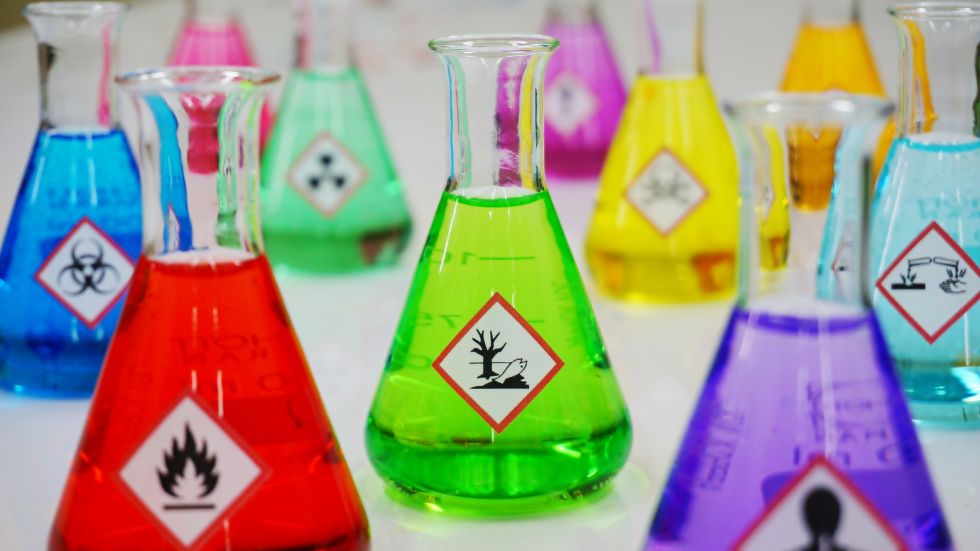Understanding the nuances between batch and continuous processes is key for manufacturers seeking to optimize production, enhance efficiency, and boost product quality. Both methods have advantages and challenges, primarily shaped by their operational processes. Read up on the differences between batch and continuous solvent distillation.
Periodic vs. Ongoing Process
The key distinction between batch and continuous distillation is their operational modes. Batch distillation operates on a periodic basis, handling a fixed quantity of solvent in each cycle.
The entire process has distinct stages: loading the unit, conducting the distillation, unloading the residue, and preparing for the next batch. This cyclic approach offers flexibility but is lengthy.
In contrast, continuous distillation operates uninterrupted, endlessly feeding solvents into the system and extracting distilled products. This model excels in large-scale industrial applications that demand steadiness and efficiency, allowing for an ongoing production process that enhances throughput and minimizes downtime.
Flexibility vs. Efficiency
Another difference between batch and continuous solvent distillation is flexibility and efficiency. The inherently flexible design of batch distillation allows manufacturers to switch between different feedstocks or adjust the distillation parameters to achieve varied outputs. This adaptability makes it especially valuable in pilot plants or facilities where the production schedule includes many products.
Conversely, engineers design continuous distillation systems for optimal efficiency and standardization. These systems excel in environments where the production demand calls for high volumes of a consistent product. The capability to adjust operational parameters without stopping the process ensures a steady output, which is crucial for large-scale productions.
Energy Consumption and Scale of Operations
Batch distillation is more resource-intensive regarding energy consumption. Starting and stopping the process for each batch consumes energy, while continuous distillation benefits from an ongoing operation that prioritizes energy efficiency. The constant-state operation also allows for heat integration techniques that reduce energy consumption.
The choice between batch and continuous processes often also depends on the scale of your operation. Batch distillation is the go-to option for smaller volumes or when production requirements change. However, continuous distillation is ideal for larger-scale setups.
Suitability Based on Material Characteristics
Batch distillation is ideal for heat-sensitive materials or scenarios requiring tight control over the distillation process. Close monitoring and adjustment of process parameters for each batch ensures product integrity.
In contrast, continuous distillation suits feedstock with a high boiling point range or when producing purity-focused commodities. Continuous operation maintains steady conditions and allows you to fine-tune for high separation efficiency and product consistency.
Conclusion
Several factors will influence your choice between batch and continuous solvent distillation, including production volume, energy considerations, and material properties. Understanding these nuances can help you determine the most suitable distillation method for operations.
Besides your distillation requirements, your facility can benefit from something else. Solvent recycling is integral to sustainable manufacturing, reducing waste and environmental impact, and saving money. Purchase solvent recycling systems from Solvent Waste Management now!

